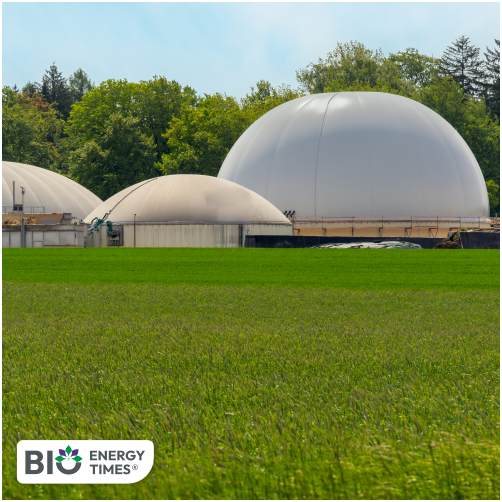Gurgaon: In a major regulatory change, Haryana has added a “blue” category to the existing industrial classification list — red, orange, green, and white — under a framework introduced by the Central Pollution Control Board (CPCB), reports The Times of India.
The new category is meant for essential environmental services (EES) such as waste-to-energy plants, landfill maintenance, biomining operations, and certain compressed biogas units — facilities considered critical for managing domestic and municipal waste.
The move distinguishes environmental clean-up and waste-handling operations from conventional polluting industries. “These units are essential for managing growing urban waste, landfill overflow, and sustainable energy production. Their inclusion in a separate category allows for easier regulatory handling without diluting scrutiny,” an official from the Haryana State Pollution Control Board (HSPCB) said.
Under the guidelines, units in the blue category are now eligible for an extended two-year consent-to-operate validity under the Water and Air Acts, based on their Pollution Index. This means fewer renewals, less paperwork, and reduced compliance requirements.
Previously, many of these facilities were placed in stricter categories such as orange or red, which imposed more operational restrictions. HSPCB chairman Vineet Garg issued orders on August 1 to align with the new classification and begin granting extended clearances.
According to the CPCB, “The new category of the EES will be termed ‘blue category sector,’ and as an incentive for the essential services, an additional two years validity for consent to operate will be provided.” The directive was first sent to all State Pollution Control Boards in February, with an expanded list issued in March to include certain compressed biogas units.
Haryana is among the first states to adopt the classification, ahead of many others. Officials say the change will speed up approvals for vital public health and sanitation infrastructure without compromising environmental safeguards, while recognising that some industrial units actively reduce — rather than create — pollution.














